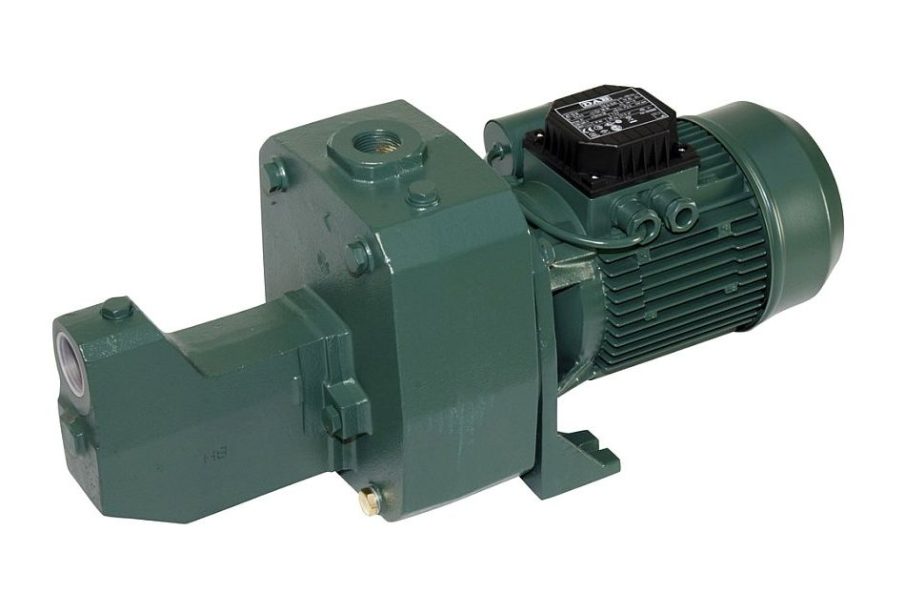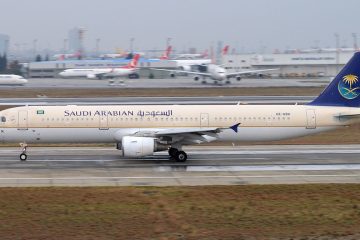The Importance and Evolution of Jets in Aviation

Introduction
The significance of jets in modern aviation cannot be overstated. Since their inception, jets have revolutionised air travel, transforming the way we connect with the world. Their speed, efficiency, and ability to cover long distances have made them a preferred choice for both commercial and private air travel. As technology continues to advance, jets are evolving to become more sustainable and technologically advanced, reflecting the changing priorities of both manufacturers and consumers.
Current Trends in Jet Aviation
Recent developments in the aviation industry highlight several important trends regarding jets. One of the most significant is the growing focus on sustainability. With the aviation sector contributing to approximately 2-3% of global CO2 emissions, manufacturers are intensifying efforts to produce more environmentally friendly jets. For instance, several companies are investing significantly in developing electric and hybrid propulsion systems. Major airlines, such as British Airways and EasyJet, have committed to net-zero carbon emissions by 2050, recognising the urgent need for a greener approach.
Moreover, advancements in technology have led to the introduction of supersonic jets, promising to decrease travel times dramatically. Companies like Boom Supersonic are making strides to bring back commercial supersonic travel, with the aim of launching the Overture in the mid-2020s. This not only represents a leap in technological achievement but also rekindles interest in faster, more efficient travel options.
Events and Innovations Shaping the Future
In addition to advancements in sustainable technology and supersonic travel, the COVID-19 pandemic has also accelerated the adoption of digital solutions in the aviation industry. Contactless technology, enhanced sanitation protocols, and the integration of AI in flight operations are reshaping the passenger experience. Jets are now being equipped with state-of-the-art cabin technology that enhances safety and comfort, allowing airlines to cater to a more health-conscious public.
Furthermore, the emergence of urban air mobility has introduced the concept of flying taxis, which could transform short-distance travel across urban areas. Companies like Joby Aviation are leading the charge with electric vertical take-off and landing (eVTOL) aircraft that could soon provide fast and efficient transport within cities.
Conclusion
As jets continue to evolve, they adapt to new challenges and demands in the aviation landscape. The emphasis on sustainability, advancements in speed and technology, and the rise of urban air mobility indicate a bright future for the aviation industry. For readers interested in travel, business, or environmental sustainability, staying informed about the developments in jet aviation will be critical, as these innovations will undoubtedly shape the future of how we travel the globe.



